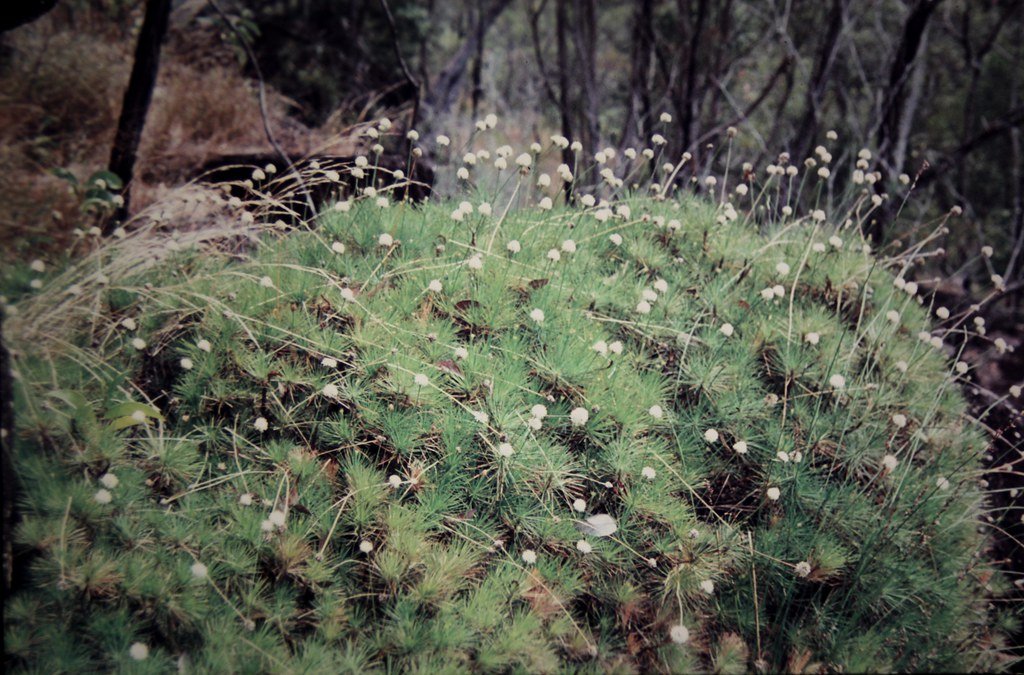Imagine witnessing a garden that trembles with anticipation, flowers closing up hours before the ground shakes, or trees releasing an unusual scent on an otherwise calm morning. Throughout history, tales have swirled about plants acting as silent sentinels—heralds of seismic disaster. Is there truth buried beneath these age-old stories, or are they just whimsical folklore passed through generations? As our planet’s crust shifts and groans, the idea that plants could sense the Earth’s restlessness sparks both wonder and skepticism. Scientists, nature lovers, and curious minds alike are drawn to this captivating intersection of myth, biology, and geophysics. Let’s dig deep into the roots of this mysterious phenomenon and explore whether plants truly have a story to tell about impending earthquakes.
The Seed of the Myth: Ancient Observations
Long before seismographs and satellite monitoring, people relied on their senses and surroundings to predict natural disasters. Ancient cultures from China to South America often observed that certain plants behaved unusually before earthquakes. Bamboo forests in rural Asia, for example, were said to shudder and groan hours before tremors. In Peru, villagers spoke of potato plants wilting mysteriously prior to a quake. These stories, passed down through generations, planted the idea that flora might have a secret connection to the restless Earth. While skeptics dismissed these accounts as superstition, communities often trusted their observations more than the predictions of distant experts.
Botanical Sensitivity: How Plants Respond to the Environment
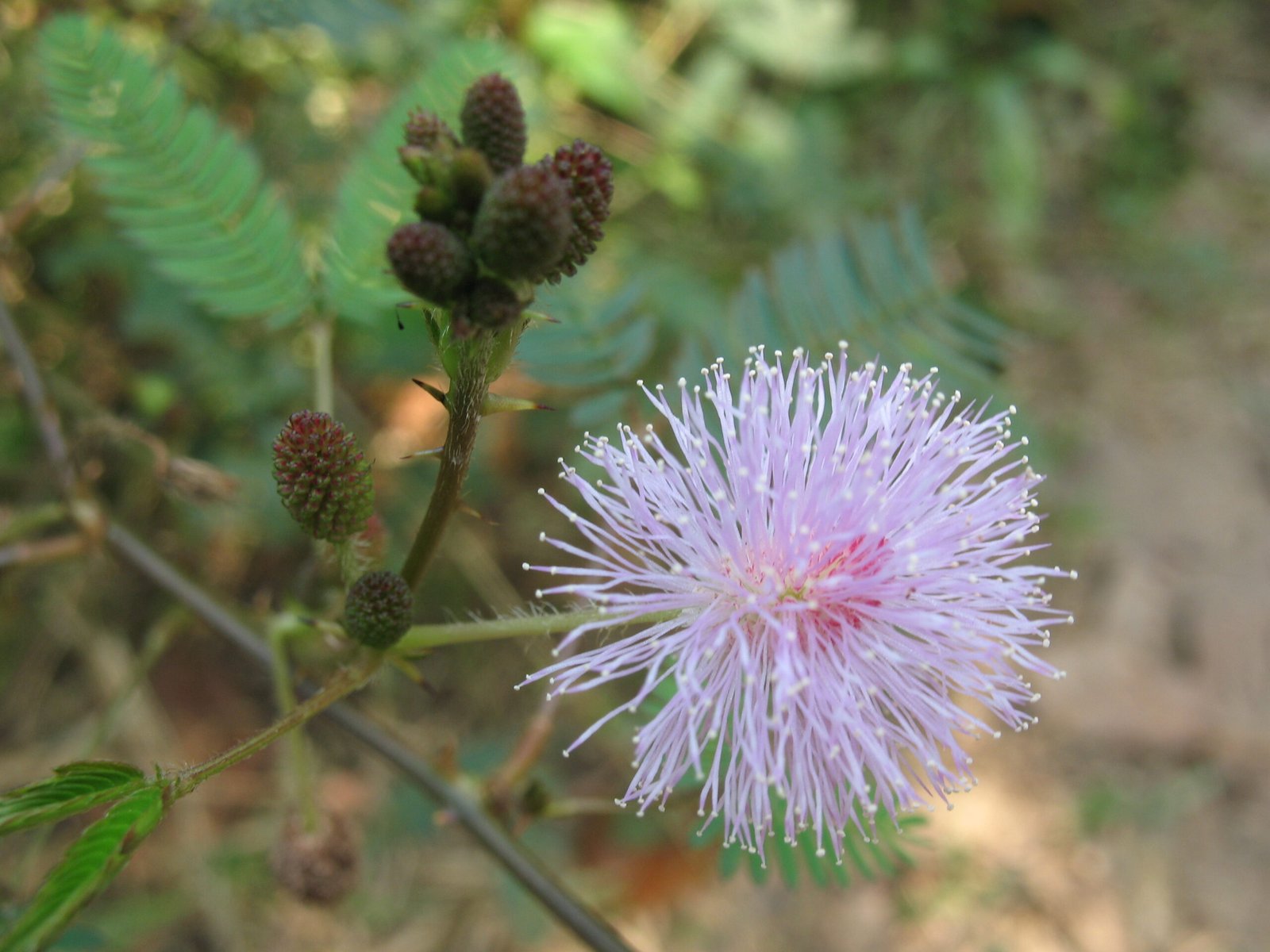
Plants are far from passive decorations. They’re sensitive beings, attuned to subtle shifts in light, moisture, pressure, and even electromagnetic fields. Through their roots and leaves, plants can detect minute changes in soil composition, humidity, and air quality. Some have evolved to close their leaves at night or in response to touch—think of the shy Mimosa pudica. This sensitivity raises an intriguing question: could plants pick up on the faint signals that precede an earthquake, such as changes in soil gases or micro-vibrations? Science is only beginning to scratch the surface of how deeply plants sense their environment.
Unusual Plant Behavior Before Earthquakes: Fact or Fancy?
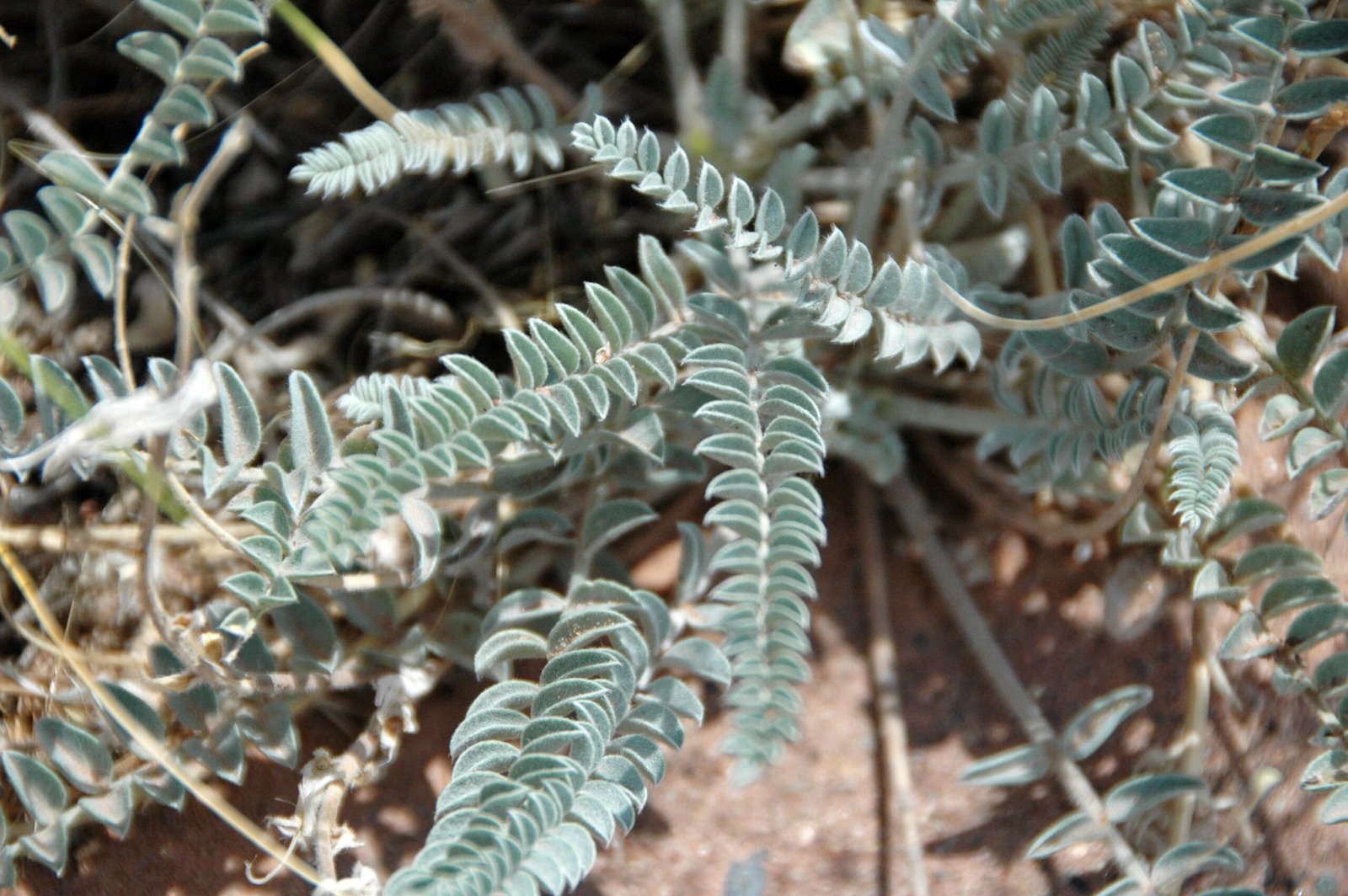
Over the years, there have been remarkable stories of unusual plant behavior leading up to major earthquakes. For example, in the days before the devastating 1976 Tangshan earthquake in China, locals reported withered crops and blossoming trees dropping their petals out of season. Some researchers have even documented odd growth spurts or sudden leaf discoloration. While these anecdotes are fascinating, they are hard to verify scientifically. Was it the quake, or a coincidence? The challenge lies in separating genuine pre-earthquake signals from normal seasonal or environmental changes.
Scientific Investigations: Gathering the Evidence
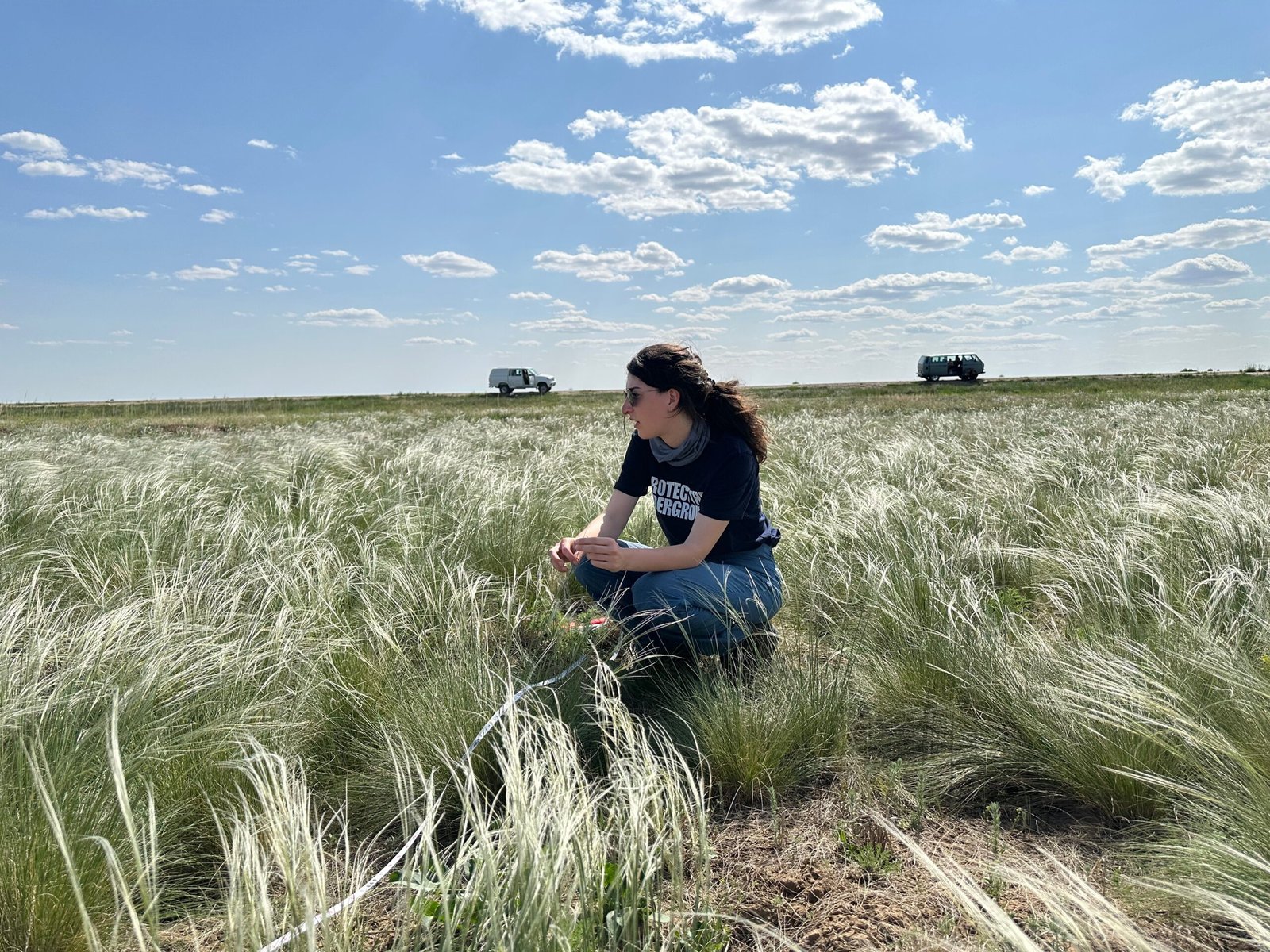
Modern scientists have begun to approach these stories with a skeptical but curious mind. Teams in Japan and Italy have studied vineyards and rice paddies for unusual changes in growth or stress before seismic events. Sensitive equipment can now monitor leaf movement, root growth, and even the electrical activity within plants. While a few studies have found minor correlations between plant stress and increased seismic activity, most results remain inconclusive. The scientific community agrees: more controlled experiments and data are needed before any claims can be substantiated.
Possible Mechanisms: How Could Plants Sense Quakes?
If plants truly sense earthquakes before they strike, how might this happen? One leading theory involves changes in soil chemistry. Before a quake, underground rock fractures can release gases like radon and carbon dioxide, which could be absorbed by plant roots and trigger visible stress. Another theory suggests that plants might react to subtle shifts in the Earth’s electromagnetic field, which sometimes precede seismic activity. Even tiny vibrations or changes in groundwater could send signals up through the roots, causing leaves to droop or flowers to close. Each of these mechanisms remains under investigation, but they offer tantalizing clues.
Folklore vs. Modern Science: Bridging the Gap
The divide between folklore and science is not as wide as it seems. Many scientific discoveries have their roots in traditional knowledge—think of herbal medicine or weather forecasting. By listening to farmers and indigenous communities who have lived alongside these mysteries for centuries, researchers can uncover patterns that might otherwise go unnoticed. Some universities now collaborate with local populations to record and analyze plant-based earthquake predictions, hoping to turn myth into measurable fact. This partnership between tradition and technology could hold the key to new discoveries.
Famous Cases: When Plants “Predicted” Disaster
There are several striking cases where plants seemed to anticipate disaster. In 1960, before the great Chilean earthquake, grapevines reportedly stopped growing days ahead of the tremors. In Japan, ornamental cherry blossoms were seen shedding petals in mid-summer before a major quake. Such events are etched into local memory, often recounted with awe and a shiver of fear. While hard evidence is scarce, these cases fuel the belief that plants possess a sixth sense—a hidden warning system that science has yet to fully decode.
Plants as Bioindicators: Beyond Earthquakes
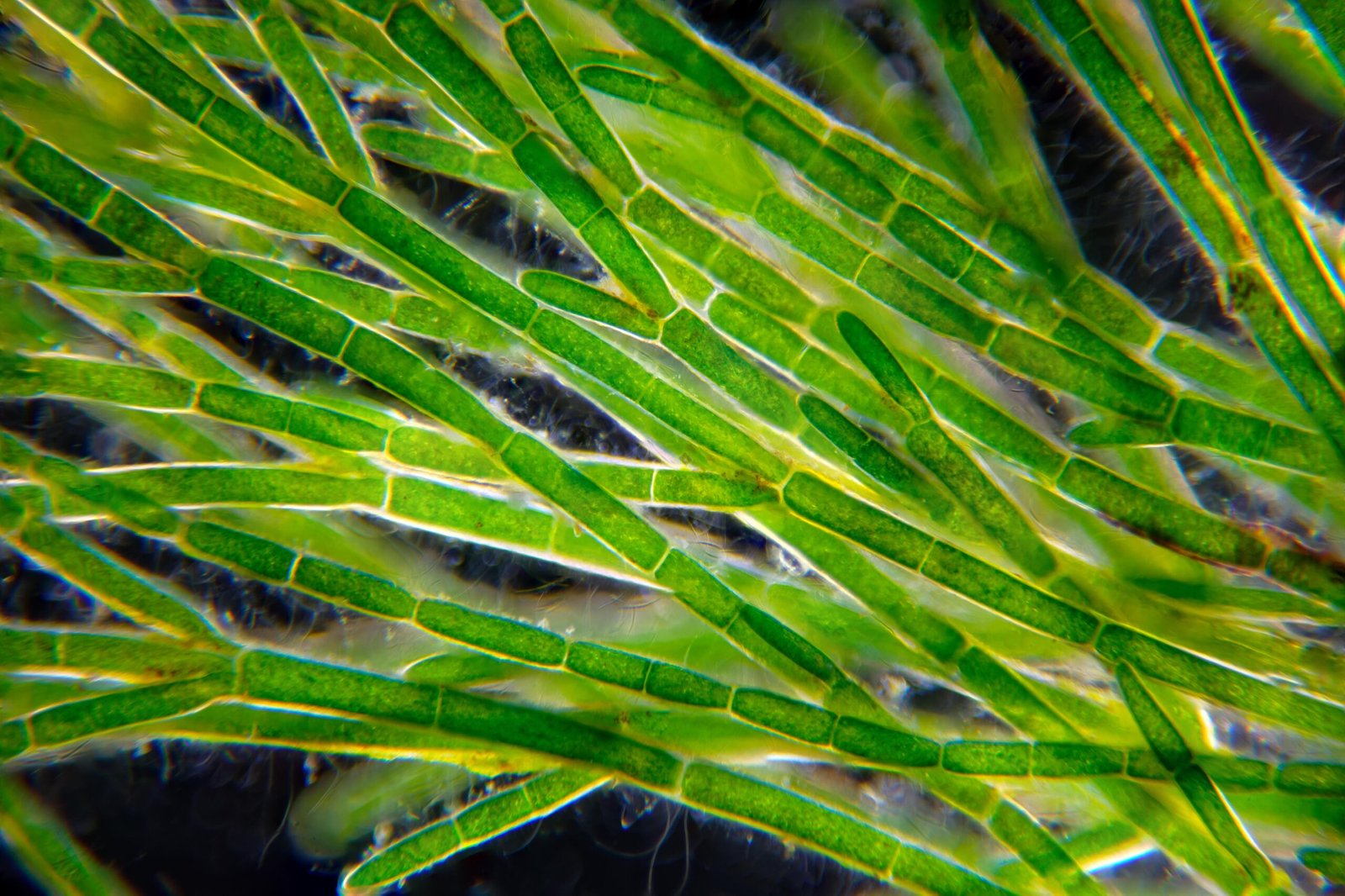
Even if plants don’t consistently predict earthquakes, they serve as powerful bioindicators for other environmental changes. Lichens, mosses, and certain wildflowers are used worldwide to monitor air quality, soil pollution, and climate shifts. Their sensitivity to toxins, humidity, and temperature make them early warning systems for environmental health. This proven ability to detect subtle changes in their habitat adds credibility to the idea that plants might also respond to pre-seismic cues—if only we knew how to interpret the signals.
Limitations and Skepticism: The Challenges Ahead
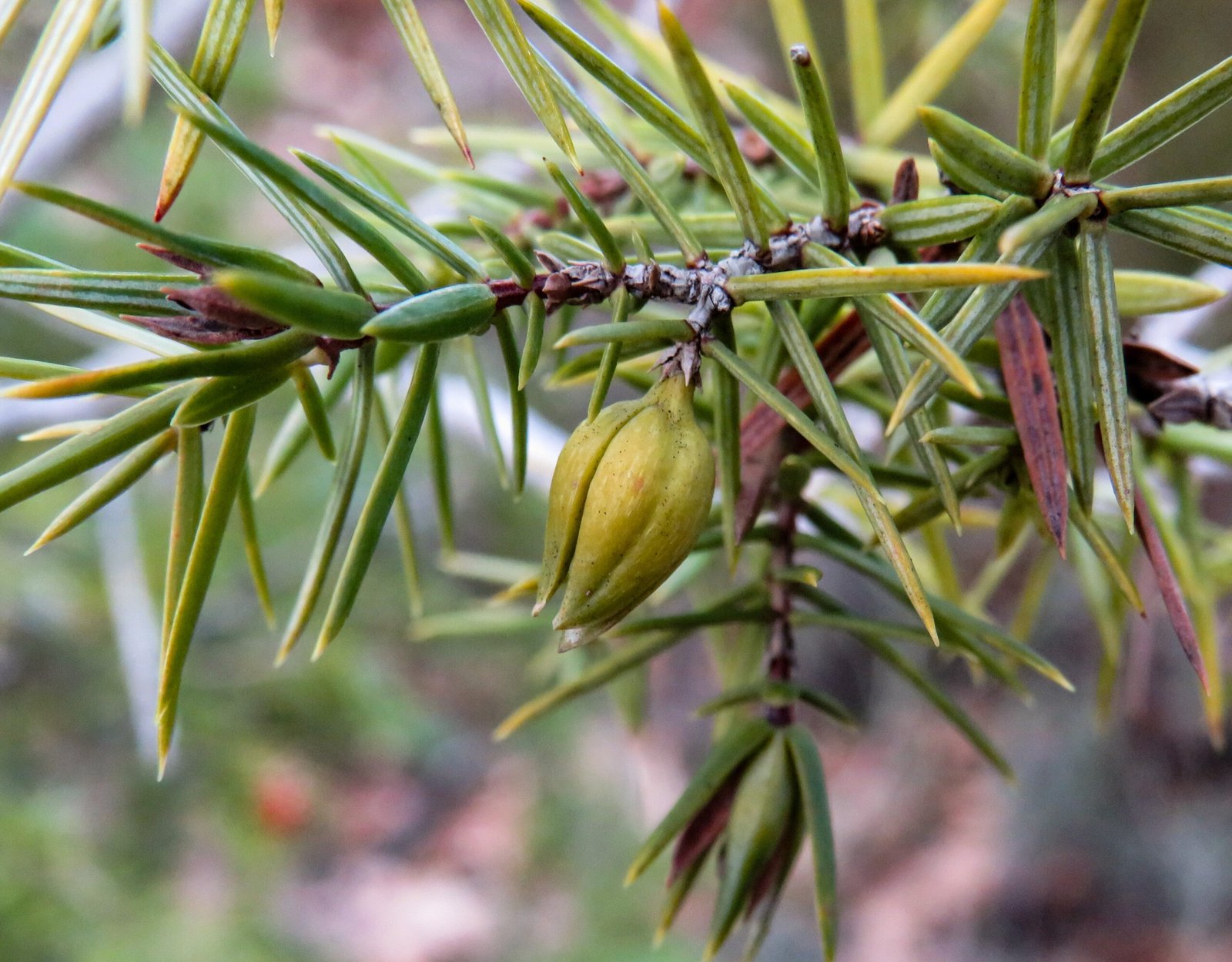
Despite the allure of this idea, there are significant hurdles. Plants are influenced by countless variables—weather, disease, pollution, and human activity, to name a few. Distinguishing earthquake-specific signals from ordinary plant stress is incredibly difficult. Some critics argue that confirmation bias plays a role: we remember cases where plants acted strangely before a quake, but forget the many times they did not. Rigorous, long-term studies are necessary to rule out coincidence and superstition.
The Future of Plant-Based Earthquake Prediction
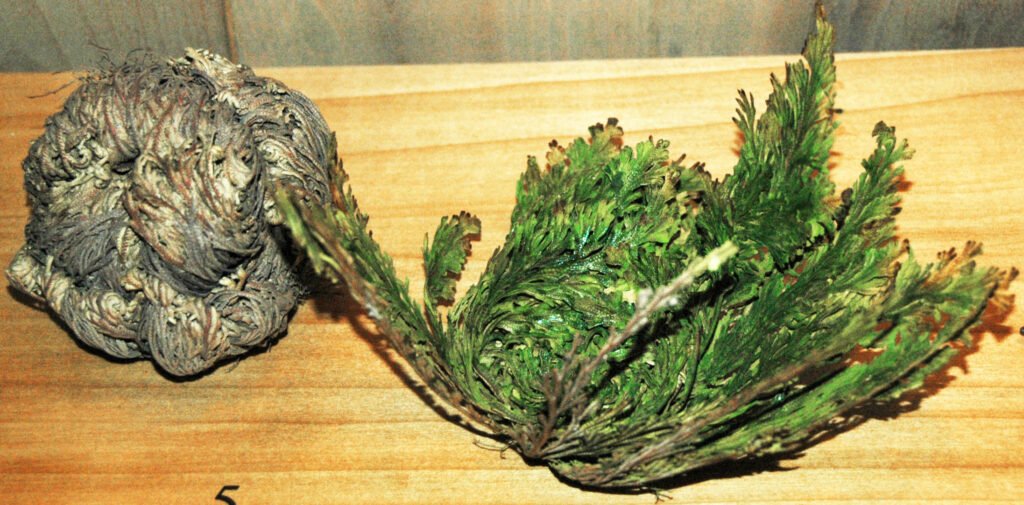
Exciting new technologies could soon shed light on the mystery. With advancements in remote sensing, environmental sensors, and artificial intelligence, scientists can now monitor thousands of plants in real time. By analyzing vast amounts of data, researchers hope to identify patterns that might precede seismic activity. Citizen science projects invite everyday people to document unusual plant behavior, creating a global network of observers. While it’s too early to claim victory, the search continues with hope and curiosity.
As we marvel at the resilience and subtlety of the plant world, the question lingers: could the next breakthrough in earthquake prediction be blooming quietly in our own backyards?

